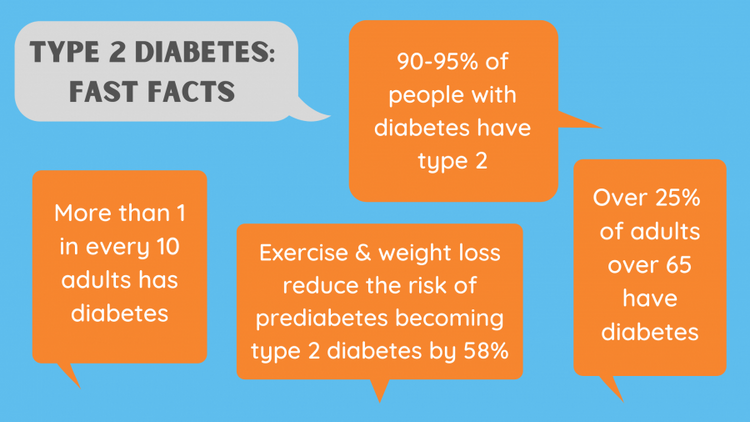A little known fact is that Type 2 diabetes can be reversed which some people call putting the disease in remission. Reversal implies that your diabetes is gone forever; remission is probably more accurate. So long as you keep working to change your lifestyle away from processed food and reduce your intake of carbs, it is likely that your diabetes will stay in remission. Data suggests that this is particularly true if the lifestyle changes (outlined below) allow you to lose 5-10% of your body weight.
01// Join a Community
The first thing you should do after being diagnosed is to join a community.
Here are two good ones:

For ongoing information about the science of diabetes, diabetes drugs, and nutrition

These communities are FREE and can really help get your questions answered. There is also a good Facebook group on Reversing your Diabetes and similar groups on Reddit if you are into Reddit (I am).
02// Don't get stressed about Metformin
Many people stress about the drugs they are prescribed when first diagnosed. The standard of care is to prescribe metformin first. Insulin (something that is mostly taken via multiple shots per day) is generally only prescribed after metformin and at least one other drug you can take by mouth is found not sufficient to control your blood sugar.
Metformin is a good drug.
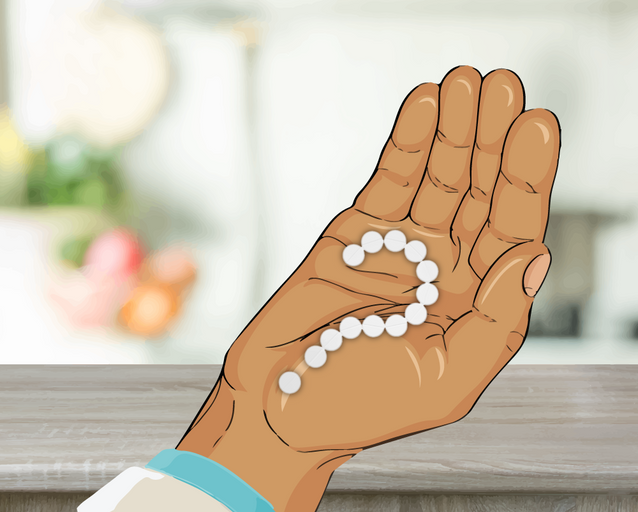
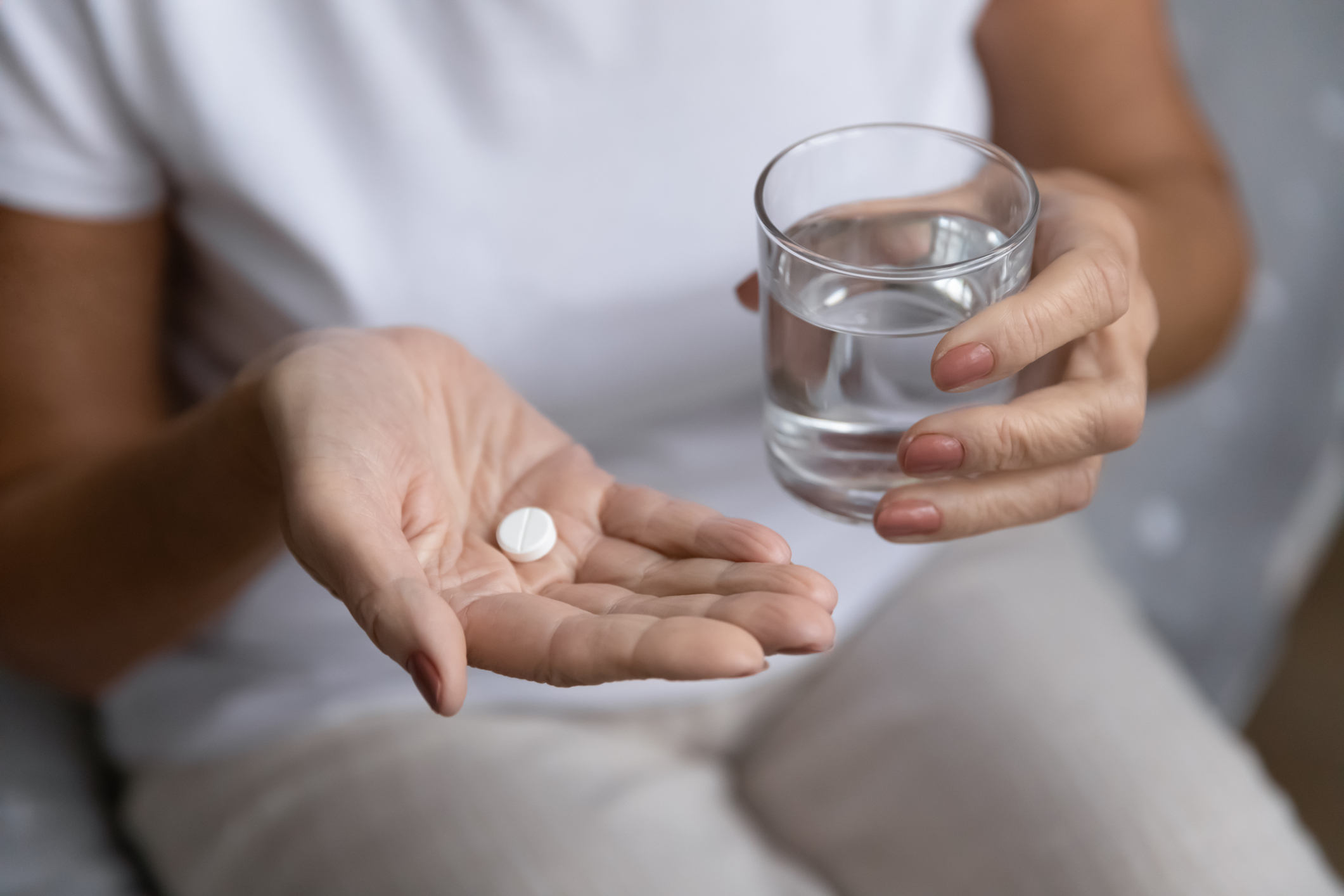
03// Go LCHF
LCHF stands for low-carb, healthy fat. I first learned about it when I joined Diabetes Daily and found many people posting about the eating style they were using to reverse and/or control their Type 2 diabetes.
Avoid processed foods; eat meals centered around a protein that is NOT FRIED as much as possible. Some fried food is fine; too much can cause cardiovascular problems. The protein does not have to be particularly low fat. I would limit your beef/pork consumption to 3x per week - because there is some data that eating beef/pork more often than that is related to cardiovascular disease and/or cancer (I forget which or if it is both!).
Replace carbs with healthy fats so you feel satisfied.
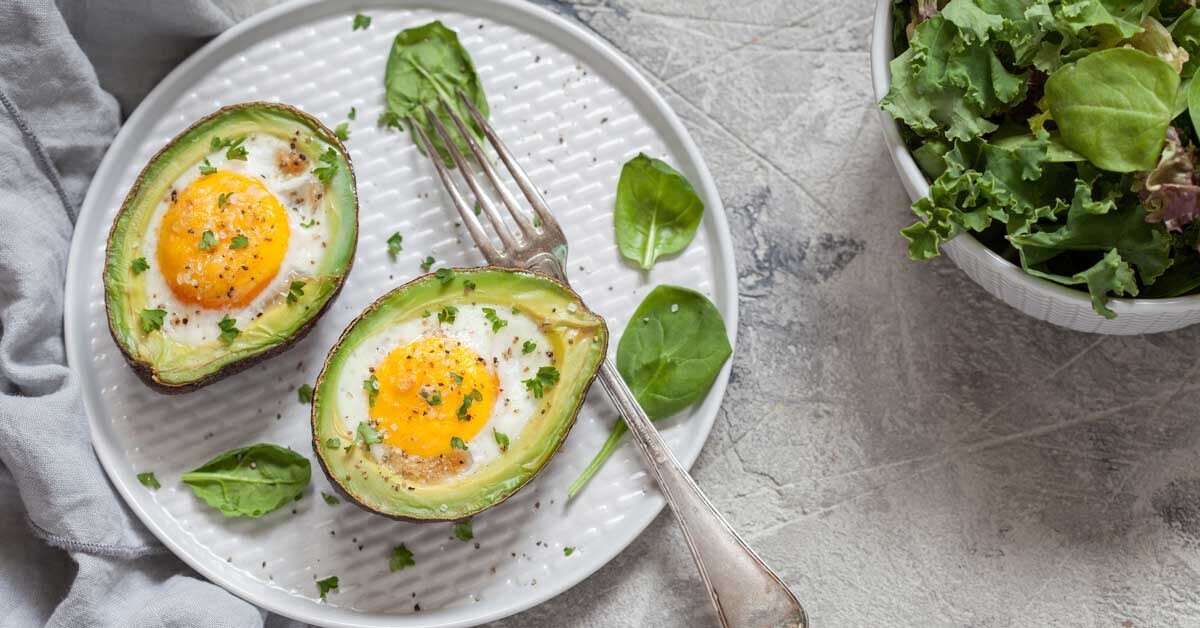
There are variants of LCHF eating. Keto is one; the Mediterranean diet is another; a third is the Atkins plan. One of the easiest versions of LCHF to follow is the Bullet Proof Diet
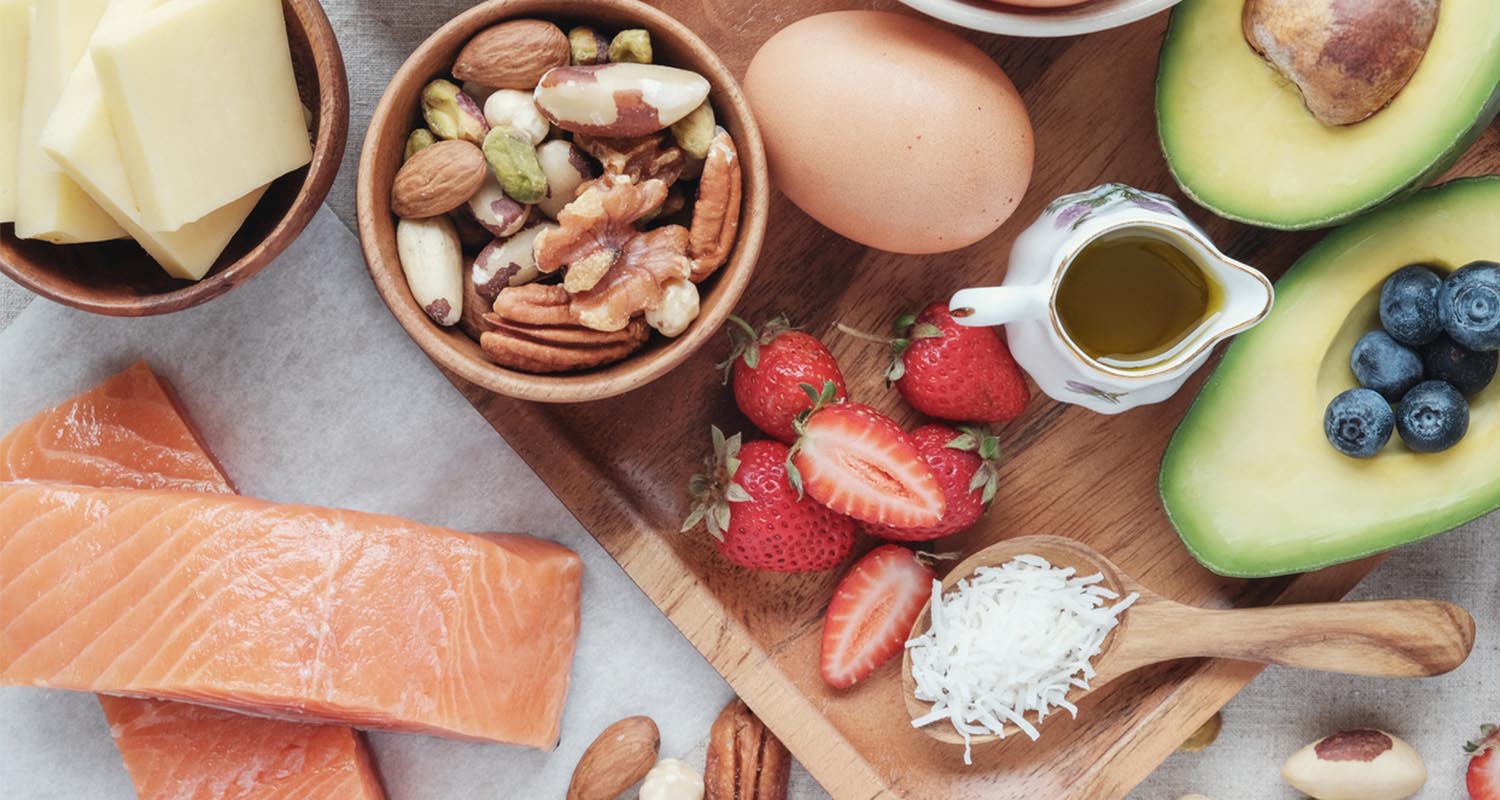
Pick a version of LCHF eating you think you can live with long-term.
Most diabetes educators focus on the fact that this is a ‘way of eating’ not a diet. A ‘way of eating’ is how you will eat from now on; a diet is temporary and most changes don’t tend to stick.
The ADA (American Diabetes Associates) recommended diet is junk and you should avoid it. A dietician will be forced - based on their code of ethics - to present the ADA diet to you. If you feel like you could benefit from a dietician look for someone who will work with you to develop a LCHF plan.
04// Eat to your meter
The notion of eating to your meter is described here:
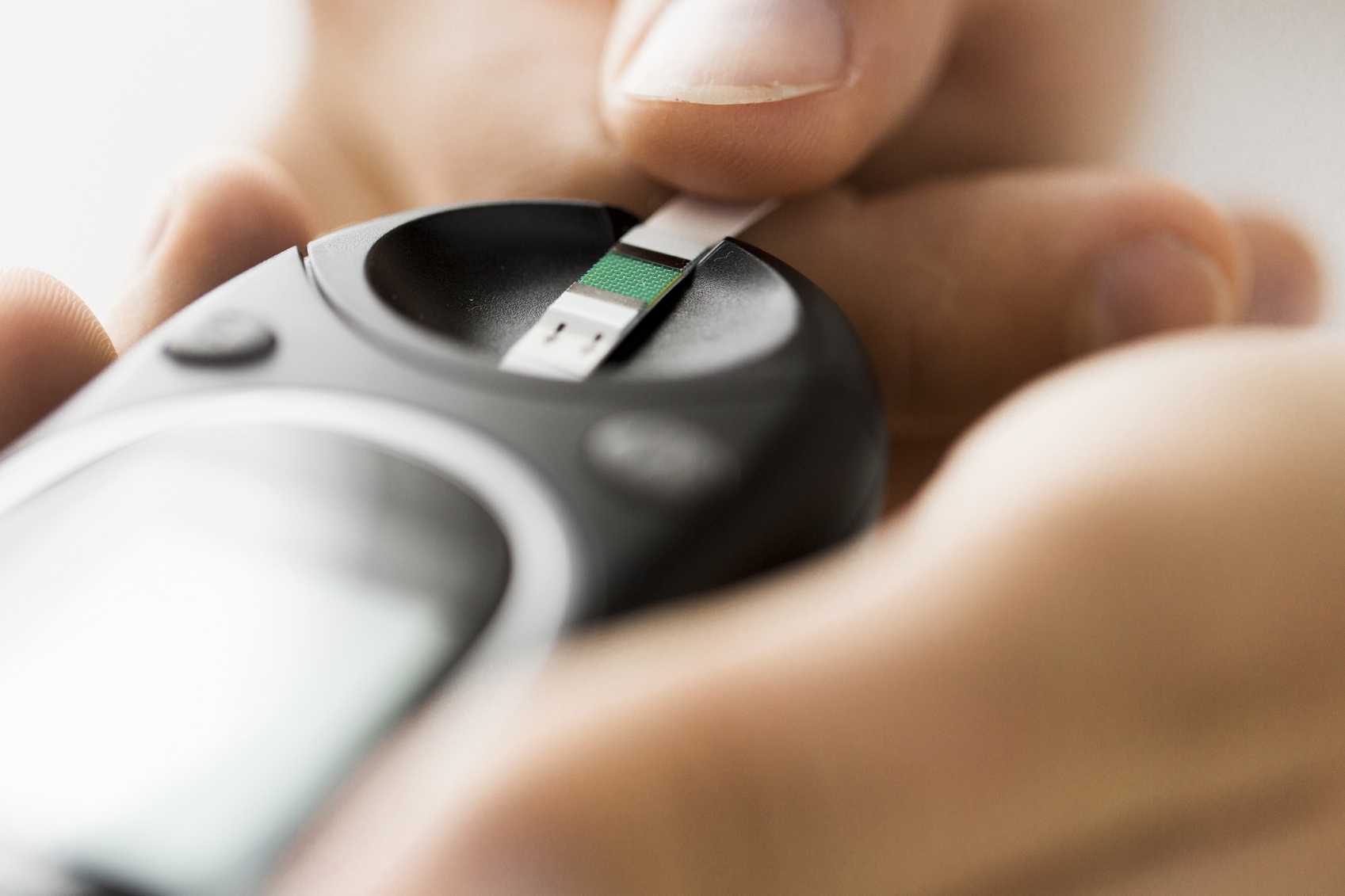
There are a lot of books that describe exactly how to eat to your meter. One I like the best is this one:

Note that this book is not specific to Type 2 (what you are) and has a lot of information on insulin dosing intended for Type 1. Adam (the author) is a friend.
Skim the parts that are relevant to you.
05// Eliminate faux sugars
You know what I'm talking about. Those pesky pink and yellow packets. Artificial sweeteners.
A list of ‘faux sugars’ is here. Not all of them are necessarily bad, but all of them trick your body into thinking you just ate something sweet and rallying an insulin response. (Meaning your body will respond to them as if they were real sugar!!!) Try your damndest to eliminate these faux sugars when eating.
Some people find that a teaspoon of melted butter in their coffee makes coffee without sugar go down a lot better. (This is a fundamental plank of the bulletproof diet linked in item #3).
Here’s a list of sugar masquerading as something else to avoid:
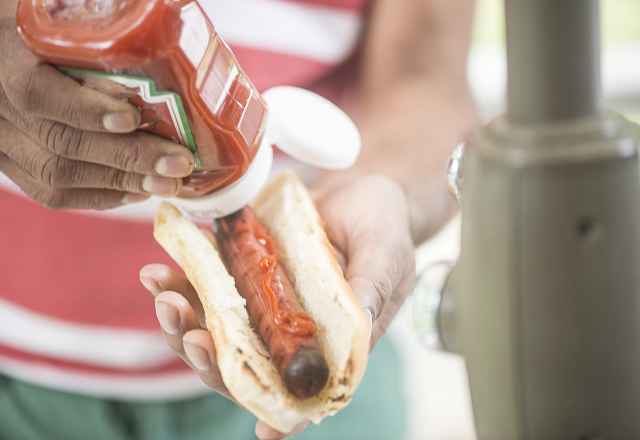
06// Avoid highly processed foods
The worst offenders here are foods processed to be "low fat". Generally speaking, this means that the food manufacturer has taken out the fat and added sugar and/or carbs back in to make the food palatable.
For years the food industry has been blaming fat for what sugar did. Don't fall into the trap!
Go for the highest fat version of the food you can. For example full-fat yogurt versus regular yogurt. Heavy creme versus skimmed milk
It's a good idea to keep a ton of healthy fat snacks on tap for yourself: cheese, nuts (I find macadamia nuts to be expensive but incredibly satisfying), organic bacon, full-fat yogurt, pesto sauce, aioli but check for added sugar, etc.
Use butter, not margarine. Margarine is a frankenfood - meaning your body doesn’t know how to digest it - which is not good for your health overall.
07// Get a CGM
CMG stands for (continuous glucose meter). Sometimes your insurance will pay for this; sometimes it will not. It is really really helpful to wear a CGM for at least 3 months even if you have to self-pay.
I recommend the Abbot Freestyle which is $75/month. If you have a modern iPhone or Android phone you don’t have to buy the $100 reader; you can initiate the device and read your sugar on your phone. The phone needs to support NFC.
Go here to learn more. You may be able to sign up for FREE 14-day trial!
Note the list of compatible phones.
You’ll need to download a copy of the Librelink app onto your phone to make this work without a dedicated reader.
08// Avoid panic
Many people ask me what they should do if they 'cheat' and their blood sugar rises above what they consider an acceptable level.
What's acceptable for you may not be acceptable to me. There is a saying in the diabetic community that 'your diabetes may vary'.
Say you eat something with carbs and it temporarily brings your blood sugar up to 200. You know normal blood sugar is 80-120, so you find this a bit worrying.
To bring your blood sugar down do this ... much more useful than panicking!
- Drink 1-2 glasses of water.
- Take a walk.
The water dilutes your blood and as it does so it also lowers the amount of sugar in your blood by volume.
The walk (or any exercise for that matter) causes your muscles to take up sugar from your bloodstream. Type 2 diabetes is essentially a disease where your body has difficulty getting the sugar in your body into the muscles due to something called insulin resistance. So these two things really do help.
09// Keep a food log
An integral part of the food log should be your blood glucose levels as measured by your meter - whether a traditional one (see below) or a CGM.
You don’t have to keep a food log forever but it really helps, in the beginning, to get to know your body and how it reacts to certain foods!
What you are looking to do is understand what foods make your sugar go high (take your blood sugar right before you eat, right after, and then 1 hour, and 2 hours after). This is a drag to do with a traditional glucose meter (my fingers get sore from all that pricking!) but is trivially easy to do once you have a CGM on board.
What I found - for example - is that pasta is better than white rice - for me. Pasta doesn’t raise my blood sugar as much as white rice does.
10// Have go-to meals at hand
My go-to meal for breakfast is avocado toast. For the toast, use sprouted whole wheat bread that is chewy and dense. Yes, this has carbs, but because it is harder to digest it will not have as much immediate impact on your sugar. Things with fiber are generally harder to digest!
Another go-to meal is eggs.
Salads with yummy dressing (no croutons) are another go-to meal for me. A caesar salad with chicken for example.
When eating Thai - try chicken or pork larb. Chicken satay is fine but the peanut sauce has sugar in it. (Peanuts are not low carb … sadly. Use almond butter without added sugar instead. (You can eat the almond butter right out of the jar with a spoon.)
For dinners, we’ve been using the low-carb/KETO meals from Factor75:

Delivered 1x per week; 4 meals per week x 2 people will cost you $69 for a trial period; $99 a week after that. I eat these for lunch too!
11/ Read food labels religiously
I was shocked recently to discover that many, many brands of cold brew coffee have 30-50 grams of sugar in them!
I try to keep my carbs under 90 carbs per day. This allows me to eat 1 piece of bread or another carb at 1-2 meals (for example) but not at all 3 meals.
Cauliflower makes a wonderful rice. We buy it in bags that go into the microwave and then season with pesto sauce and butter. You can mash it once cooked to make the consistency more like mashed potatoes vs. rice.
Some people swear by spiral-ed zucchini as a substitute for pasta.
Eat more vegetables and vary the color of the veggies you do eat. Not all veggies are created equal. Look up the glycemic index of fruits and veggies so you can avoid vegetables like potatoes that are actually high in sugar. Similarly, be careful about fruit. Some fruits are very high in sugar content and you need to eat them sparingly until you know exactly how they affect you and your blood sugar.
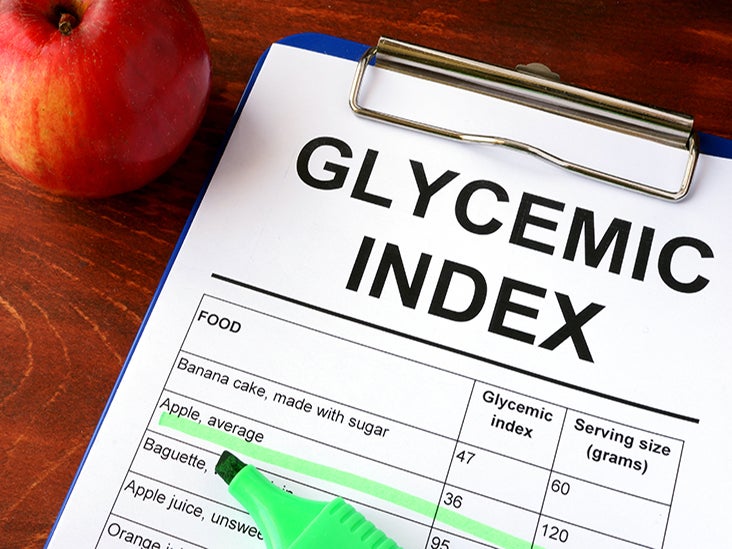
12// Don't try to change all of your behaviors at once
You might, for example, try out one of the above ideas per week over 12 weeks. Doing it this way helped me change my habits without feeling overwhelmed.
In the process of reversing my diabetes, I lost 45 lbs! And over the last 4 years, I've regained only 10 lbs of this for a net loss of 35 lbs.
Bonus! Products You May Benefit From
Book - The Diabetes Code by Dr. Jason Fong - explains what diabetes is and how to deal with it. A little bit technical. If it's too much for you - start with The Obesity Code by the same author which explains why people who are insulin resistant (that means Type 2 diabetics and prediabetics) gain weight and/or find it so hard to lose weight.
Painless lancet - https://www.accu-chek.com/lancing/fastclix-lancing-device
Also - try lancing the side of your finger and not just the top to reduce the pain. Other tips here:
.png)
Consider a sexy blood sugar meter like this one:

Note they sell this meter with coaching services which I found useful when I was first diagnosed. They also sell it with a free app for tracking your food/carbs/sugar.
Two other good food/carb/sugar trackers:
- My Fitness Tracker
- Lifesum
No affiliate links here.
The information presented is for your own use and represents my opinion. I'm not a doctor and there is no such thing as one-size-fits-all when it comes to diabetes. Your diabetes can and will vary!









